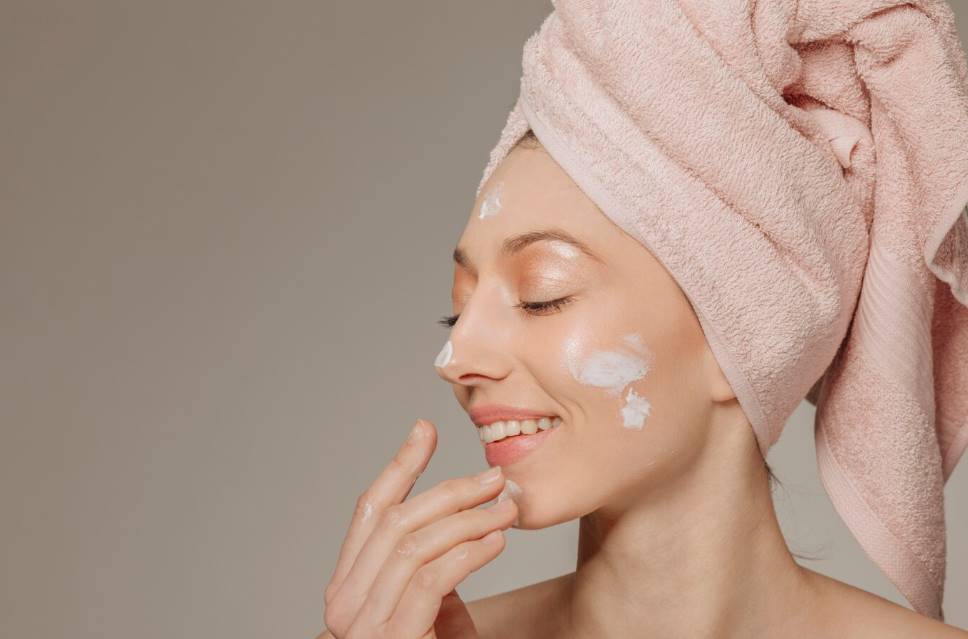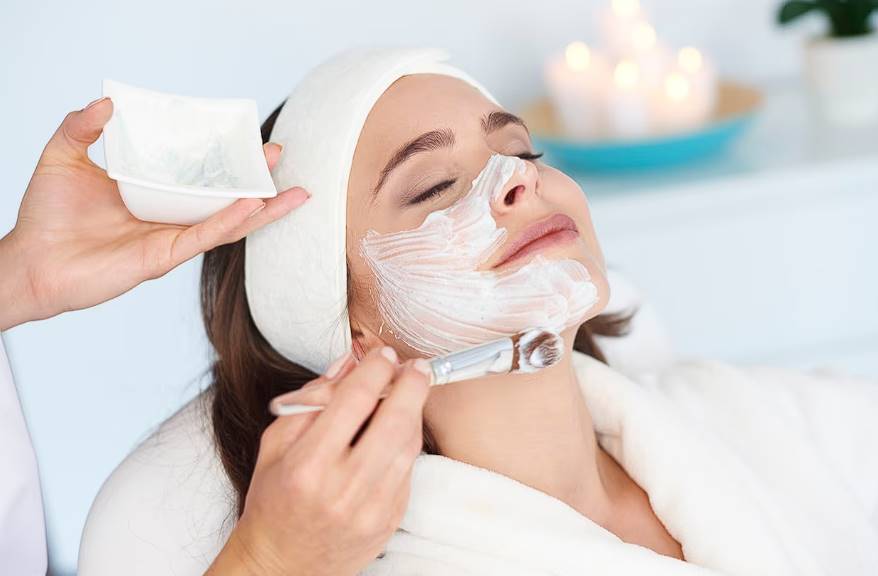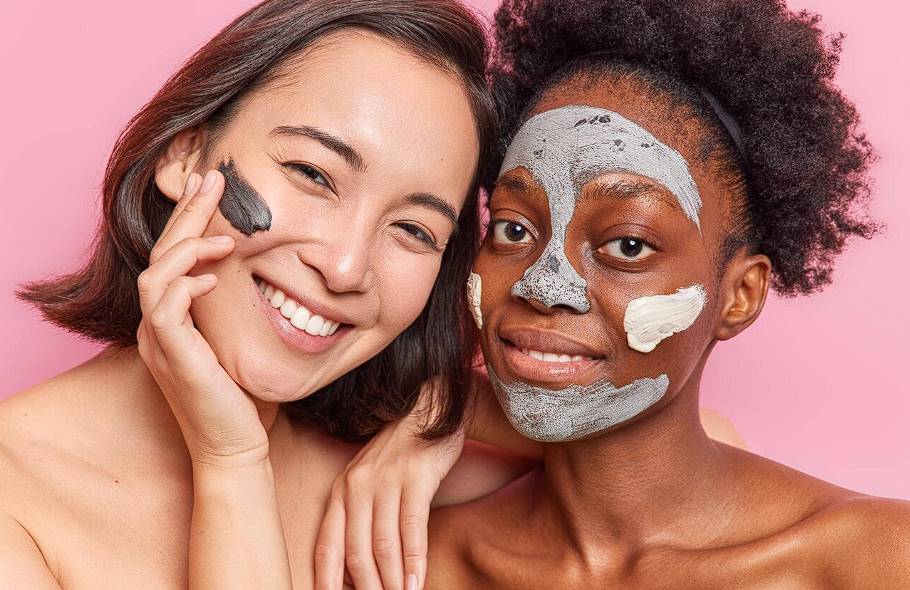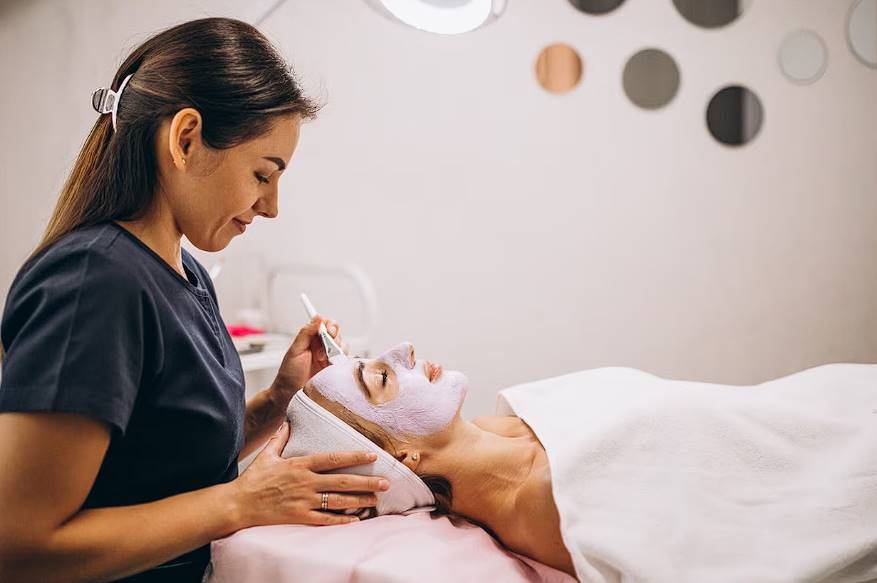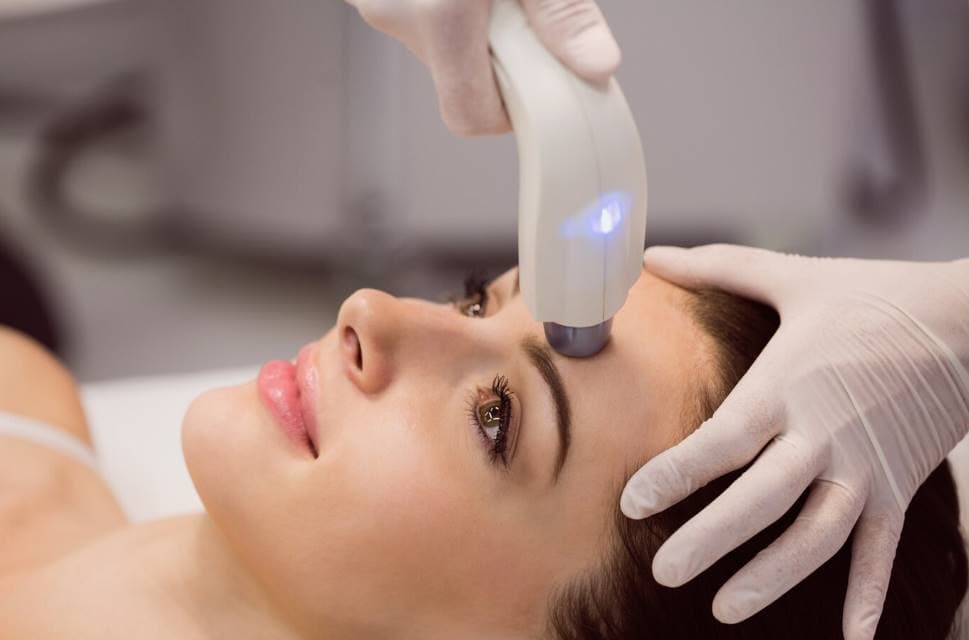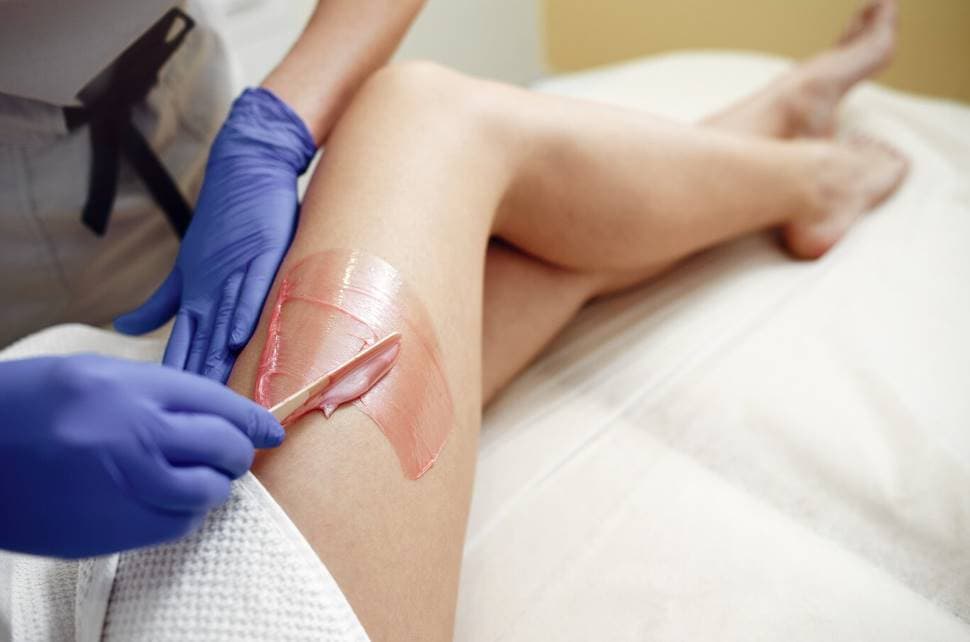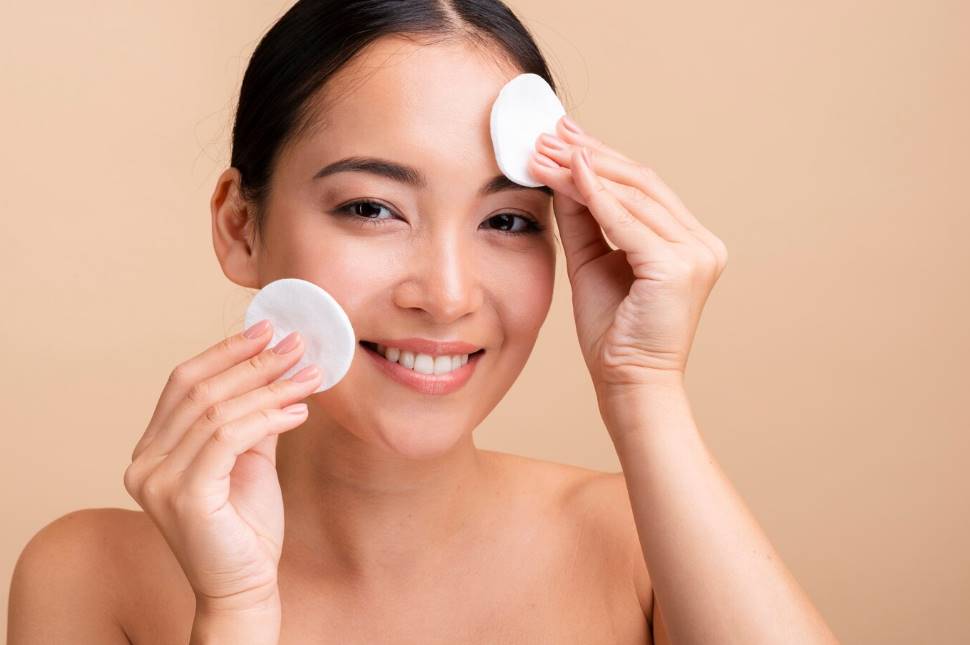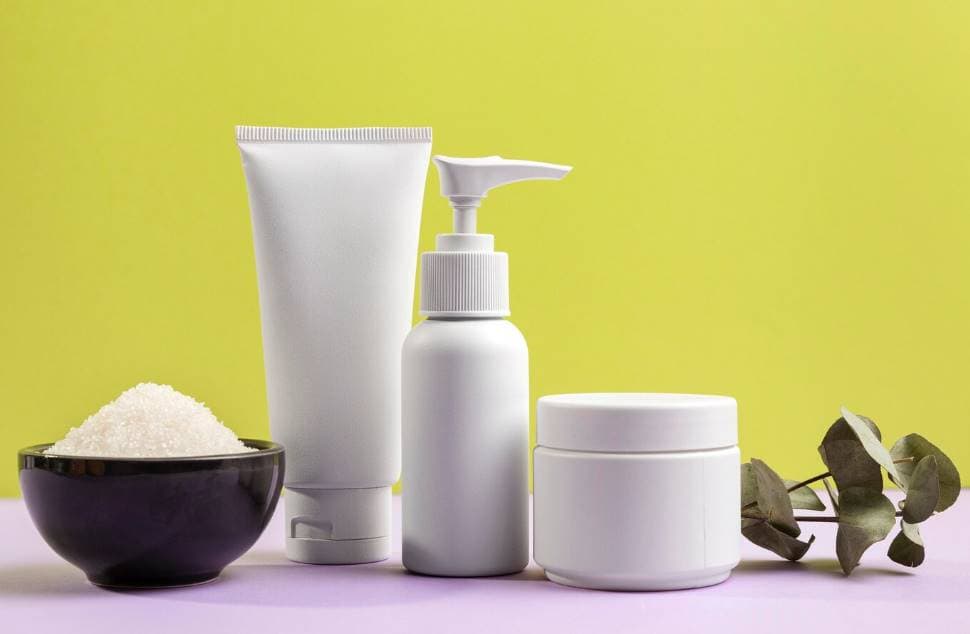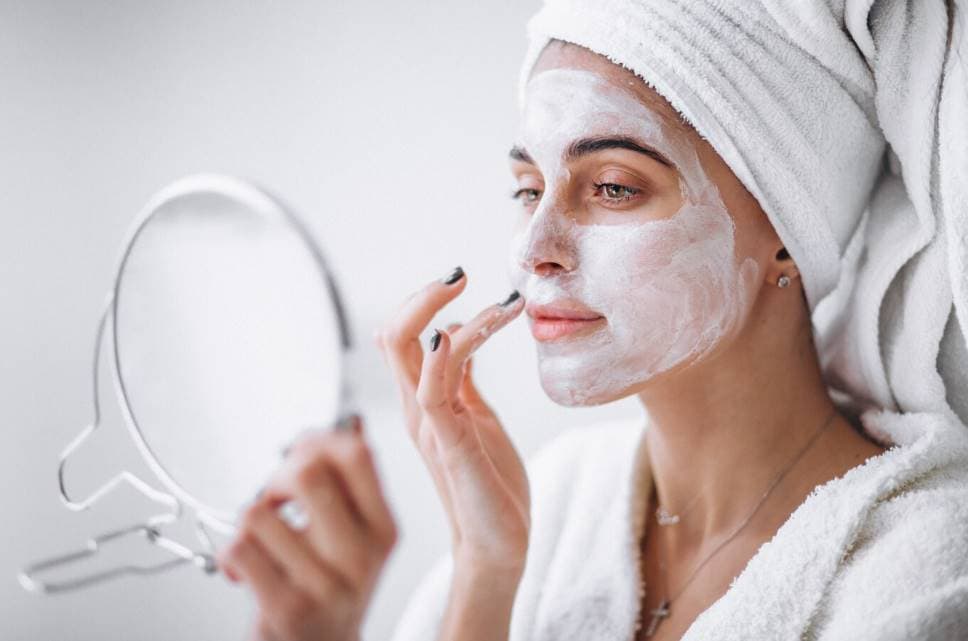People who care about their skin tend to focus on components, brands, and types of products. However, pH, a key factor that can make or break how you care for your skin, is often overlooked. The pH value of your skin care products is very important for keeping your skin healthy and in balance. In this post, we'll talk about how pH is important to your skincare routine and how it can affect the health of your skin as a whole.
What is pH?
The hydrogen capacity (or pH) of a water-based solution indicates its acidity or basicity. On a scale from 0 to 14, 7 is neutral, 8 is basic, and 0 to 6 are all acidic. As you may already know, lemon juice has a pH of 2, bleach has a pH of 12, and water has a pH of 7. A "neutral" number, as the name implies, has no particular meaning.
You may have observed that beauty products frequently provide pH ranges. A range is a more accurate way to display a formula's pH because temperature can have a minor effect on its pH over time.
What Is the pH of the skin?

You might be surprised to learn that the skin's surface and top layers are naturally acidic. This means that acidic skin care products can be used on it. Even though research on the pH range of skin gives different numbers, all research shows that the average pH of skin is 4.7.
Men's skin is usually more acidic than women's, and even though the pH level of our skin rises as we get older, it stays acidic. When we are born, our skin exhibits a neutral pH, but after a few weeks, it turns acidic.
So, What Does pH Do to the skin?
When it's too alkaline, the skin gets dry and sensitive, and you might even get eczema. You might also have inflammation, which makes it harder for your skin to fight off matrix metalloproteinases, which break down collagen and trigger wrinkles and sagging.
On the other hand, skin that's too acidic will often be red, irritated, and break out more often.
When the skin's pH changes, important enzymes on the skin's barrier can't do their job and let the skin finish shedding as it should.
So, how do we keep this balance so that our skin stays plump and healthy-looking? If improper care can throw off your skin's pH, then proper care and the right products can save your life.
How pH and Skin Work Together
Keep in mind that pH is only relevant when substances are diluted in water. There can be no pH reading for a product that does not contain any water. Sweat and sebaceous fluids contain water molecules that can be used to measure pH on the skin. Skin typically has a pH of 5, making it highly acidic. Of course, everyone's skin is unique and can develop over time.
The skin's pH grows increasingly acidic as we age. This is why wrinkling and dryness worsen with age.
Why Should You Use pH-Balanced Products?
To maintain a healthy skin pH, choose products that are neither overly basic nor overly acidic. This maintains a balanced acid layer in the skin, which protects the body from infections, pollution, and stress.
Only extremely acidic or basic chemicals can penetrate our skin's protective layer of oil and water. Skin that is sensitive or prone to inflammation diseases, such as acne or eczema, is often an indication of a weaker acid mantle, making it all the more important to use skincare products that are pH balanced.
The pH of Skin Care Products
Most skin care products have a pH balance, which is true for almost all. Here are the pH ranges for the main types of skin care products that we use:
- Retinol products typically have a pH level ranging from 4 to 6.6.
- Toners generally fall within the pH range of 5 to 7.
- Vitamin C (ascorbic acid) products typically maintain a pH between 2.6 and 3.2.
- AHA and BHA exfoliants usually have a pH range of 3.2 to 3.9; any reading between 3 and 4 is considered the most effective.
- Cleansers typically have a pH level ranging from 4.5 to 7.
- Serums generally maintain a pH level between 4 and 6.
- Sunscreens typically fall within the pH range of 5 to 7.5.
- Moisturisers generally have a pH level ranging from 5 to 7.
How Can I Determine if My Skin's pH Is Imbalanced?
Most of the time, acidic formulas work best for the skin. Putting a product on your skin and observing how it reacts is the best approach to determine its pH without conducting a lab experiment. Is it watertight and squeaky clean? That product could be harmful due to its unsuitable pH level.
If we want to keep our faces clean, we can't just use any bar of soap. Soap is acidic, with a pH between 9.0 and 10.0. Soap-free cleansers are the norm, including several types of Antioxidant Cleanser.
Therefore, it is not required that we use items with a neutral pH to correct the pH of our skin. Reduce the number of moving parts and moving parts that need fixing. In addition to the symptoms of a compromised barrier, an imbalanced pH can manifest as flakiness, increased sensitivity, inflammation, redness, premature ageing, and breakouts. The pH of your skin can be altered by many factors, including frequent face washing and cleansing, the use of hard water for cleaning, and the improper use of laundry soap for washing a face mask.
What Causes Skin pH Imbalance and How Can It Be Stopped?
Skin is an amazing organ; most of the time, it does a great job of keeping itself in balance. Even if something changes the pH of healthy skin, it can fix itself in a few minutes to a few hours.
Isn't that pretty cool? But if you keep messing with your skin's acid mantle, it can wear away at the integrity of its moisture barrier over time. This can cause the barrier to break down and make your skin sensitive. Because of this, too much use of acids that remove dead skin is a frequent cause of irritation to the skin.
Skincare Products
It doesn't come as a surprise that skincare products are the most common way I see people change the pH level of their skin. These are the main ones to blame:
- When you use harsh cleaners,
- Using too many acidic products
Since healthy skin heals quickly, using something more alkaline or acidic now and then won't be a big deal. Long-term or extended exposure means leaving something on your skin over a long time or using it repeatedly.
Use skincare products that are pH-balanced for your skin's type and follow the directions on the packaging so you don't use too much of certain ingredients.
Generally, you want skincare items that fall between 4 and 7. Some people say that 5.5 is the best pH level for skin care products, but the truth is that most skin won't react much to changes of 0.5 or even 1. The pH will also be different for each product.
As long as you use them right, this is good for your skin because it helps remove dead skin cells so that new ones can grow. On the flip side, cleaners tend to have a higher pH.
Is Tap Water Compatible With the PH of the Skin?
People are worried that washing with ordinary water from the faucet can change the skin's pH, so they say you must wash with clean water instead. The problem is that tap water has a pH of 7, which is too high for the skin, with a pH of 5.5 to 4.5. The claim is that carbonated or sparkling water is better for the skin because its pH is 5.5.
Even though this makes sense, it's fine for a few reasons. First, most sparkling water doesn't have a pH of 5.5. Instead, it has a pH between three and four, even if it did have a pH of 5.5, which is still above most people's natural pH. Second, tap water's neutral pH of 7 is the least likely to change the skin's natural pH compared to any other pH amount. In short, it's fine to use plain tap water to wash your skin.
How to Balance Skin pH
Moisturize
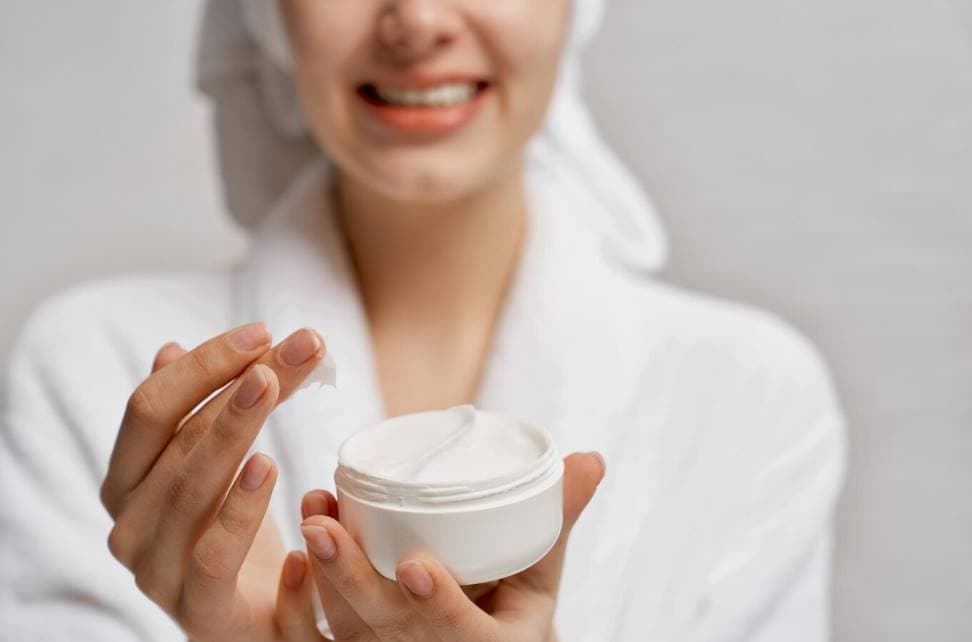
After that, use a moisturiser. You can choose from oils, moisturisers, gel-like substances, and thick creams and lotions that will keep your skin moist. You might even want to change your moisturiser to fit the weather.
Use a Skin Toner
The pH of most skin toners is between 5 and 7, which can help neutralise any remaining alkalinity that makes your skin's pH levels less than ideal.
Some skin conditions, like rosacea, make it not a good idea to use toners. If you have a skin condition, talk to a skincare expert before you use toner.
Wash With Gentle Cleansers
Whether easy for you means employing a specially made face wash from a store or cleaning your face with natural or organic items you make yourself, keep in mind that water also has a short-term effect on your skin.
More alkaline cleanser products can make your skin more sensitive to irritation.
Acne may improve if you use more acidic cleansers and disappear if your pH level drops below 6. More acidic skin care components may help people with eczema and psoriasis keep their skin healthy.
Exfoliate
Some people find that using gentle exfoliants once a week can be good for their overall skincare routine. How often and what kind of exfoliation you do depends on your skin type and needs.
Acids used in peels with chemicals and microdermabrasion can also help keep your skin healthy. Talk to someone who knows about skin care about these possibilities to find out if they will even out and tone the appearance of your skin.
Ask someone who knows about skincare what kind of exfoliation is best for your skin, if any.
Conclusion
pH is a crucial factor in skin care products, as it indicates the acidity or basicity of a water-based solution. The average pH of skin is 4.7, with men's skin being more acidic than women's. When too alkaline, the skin becomes dry and sensitive, leading to eczema and inflammation. On the other hand, too acidic skin can be red, irritated, and break out more frequently.
To maintain a healthy skin pH, choose products that are neither overly basic nor overly acidic. This balance protects the body from infections, pollution, and stress. Only extremely acidic or basic chemicals can penetrate the skin's protective layer of oil and water. Skin that is sensitive or prone to inflammation diseases, such as acne or eczema, is often an indication of a weaker acid mantle.
Most skin care products have a pH balance, with the main types of products typically having a pH level between 4 and 6.6. To determine if your skin's pH is imbalanced, observe how it reacts to the product without conducting a lab experiment. Soap-free cleansers are the norm, and it is not necessary to use neutral pH items to correct the pH of your skin.
Increased pH can manifest as flakiness, increased sensitivity, inflammation, redness, premature ageing, and breakouts. Factors that can alter the pH of your skin include frequent face washing and cleansing, hard water usage, and improper use of laundry soap for face masks.
Skin pH imbalance is a common issue that can be caused by harsh cleaners and excessive use of acidic products. To prevent irritation, use pH-balanced skincare products that fall between 4 and 7, with a pH level between 5.5 and 4.5. Tap water, which has a pH of 5.5, is generally suitable for skin due to its neutral pH and neutrality.
To balance skin pH, use a moisturiser, such as oils, gels, or lotions, that keep your skin moist. Use a skin toner with a pH between 5 and 7, which can help neutralize any remaining alkalinity. However, some skin conditions, like rosacea, may not be suitable for toner use.
Wash with gentle cleansers, either from store-made or homemade items, as water has a short-term effect on your skin. Alkaline cleanser products can make your skin more sensitive to irritation, while acidic cleansers may help people with eczema and psoriasis maintain their skin health. Exfoliate once a week, depending on your skin type and needs. Consult a skincare expert to determine the best exfoliation for your skin type and needs.
Content Summary
- pH is a crucial factor in skin care that is often overlooked.
- The pH value of skin care products significantly influences skin health.
- pH indicates the acidity or basicity of a water-based solution.
- A pH scale ranges from 0 to 14, with 7 being neutral.
- External factors like temperature can influence a product's pH.
- The skin's surface is naturally acidic.
- The average pH of skin is around 4.7.
- Men's skin is typically more acidic than women's.
- Skin's pH tends to become more acidic as we age.
- Newborn skin starts neutral but turns acidic within weeks.
- An overly alkaline skin can lead to dryness, sensitivity, and eczema.
- Skin that's too acidic can appear red, irritated, and break out frequently.
- A change in skin's pH affects important skin barrier enzymes.
- Proper skin care helps maintain a healthy pH balance.
- pH is relevant only in water-diluted substances.
- Skin's typical pH is about 5, indicating its acidity.
- With age, the skin's pH becomes more acidic, causing wrinkles and dryness.
- pH-balanced products support a balanced acid layer in the skin.
- A balanced acid layer protects against infections, pollution, and stress.
- Sensitive skin often indicates a weakened acid mantle, highlighting the need for pH-balanced products.
- Different skin care products have specific pH ranges.
- Retinol products typically range from pH 4 to 6.6.
- Toners usually have a pH range of 5 to 7.
- Vitamin C products have a pH between 2.6 and 3.2.
- Effective AHA and BHA exfoliants typically have a pH between 3.2 and 3.9.
- Cleansers generally range from pH 4.5 to 7.
- Serums have a pH between 4 and 6.
- Sunscreens usually fall within a pH range of 5 to 7.5.
- Moisturisers have a pH range of 5 to 7.
- To gauge a product's pH, observe skin reactions after its application.
- Soaps are typically acidic, with a pH between 9.0 and 10.0.
- An imbalanced skin pH can lead to symptoms like flakiness, sensitivity, and premature ageing.
- Factors like frequent face washing can alter skin pH.
- Healthy skin can self-correct its pH within minutes to hours.
- Continuous disturbance of the acid mantle can compromise the skin's moisture barrier.
- Harsh cleansers and overuse of acidic products can change the skin's pH.
- Ideal skincare products usually fall between pH 4 and 7.
- The recommended pH for skincare products is debatable, with some suggesting 5.5 as optimal.
- There are concerns about tap water's compatibility with skin's pH.
- Tap water has a pH of 7, while skin's natural pH ranges from 4.5 to 5.5.
- Despite concerns, tap water remains a safe choice for skin washing.
- Moisturising helps in balancing skin's pH.
- Using a skin toner with a pH of 5 to 7 can neutralise residual alkalinity.
- Gentle cleansers are recommended to prevent skin pH disruption.
- More alkaline cleansers can increase skin's sensitivity.
- Acidic cleansers can potentially benefit conditions like eczema and psoriasis.
- Regular gentle exfoliation can be beneficial for skin care.
- Skin conditions like rosacea may indicate avoiding certain products like toners.
- Acne can improve with more acidic cleansers.
- It's essential to be cautious with the use of acids as they can irritate the skin.
Frequently Asked Questions
Using products with the wrong pH can break down the protective barrier on your skin, leading to dryness, sensitivity, and other skin problems.
Many skin care products' pH levels are now printed on the package. You can get this information from the manufacturer if it's not said.
Even though some natural ingredients can help balance your skin's pH, you should talk to a dermatologist before trying DIY solutions.
Yes, all skin types must keep their pH levels in check to keep their skin healthy and prevent problems.
It might take some time for your skin to get used to new products with the right pH balance. Be patient and pay attention to any changes in the condition of your skin.
